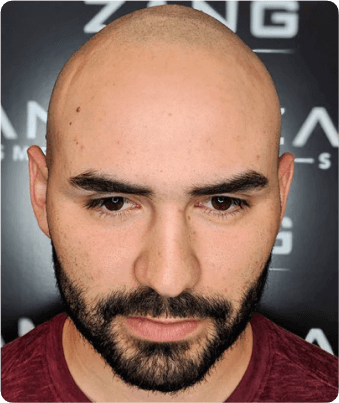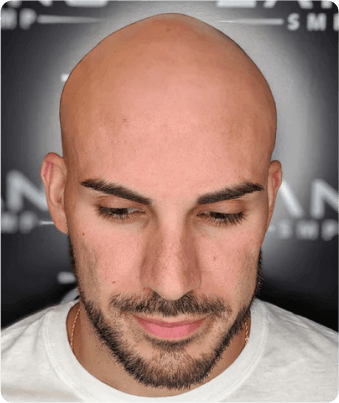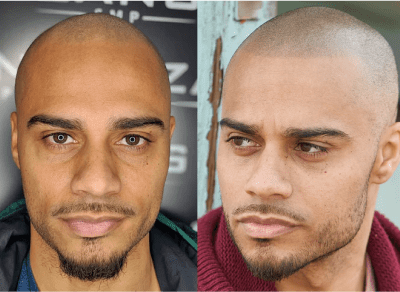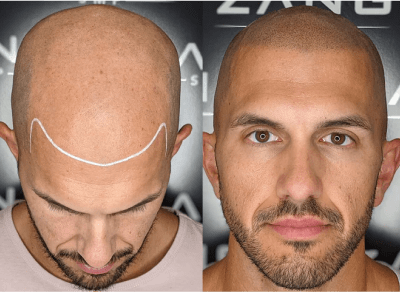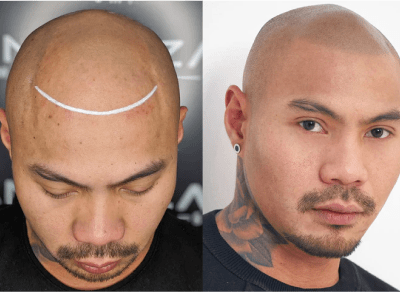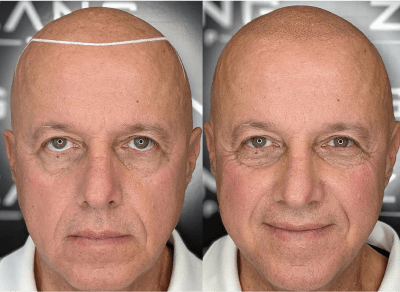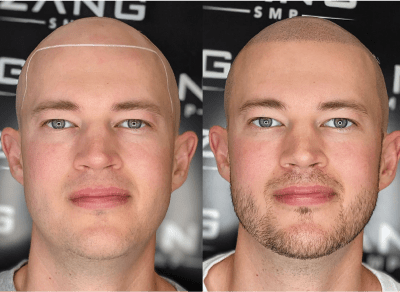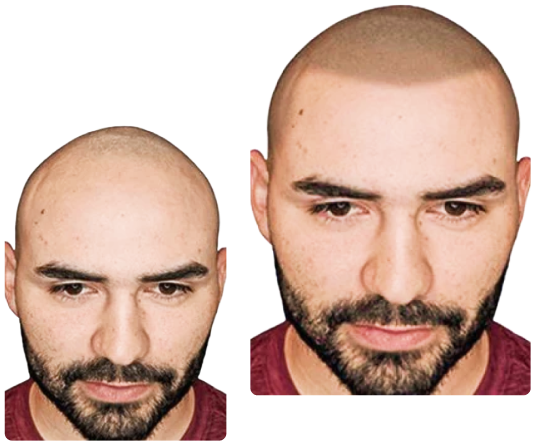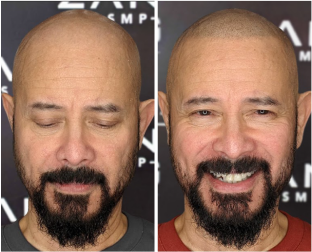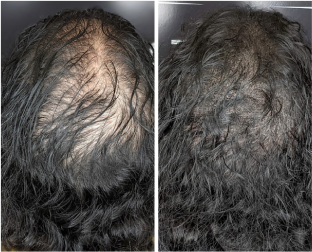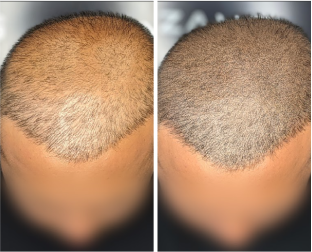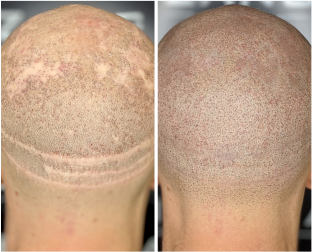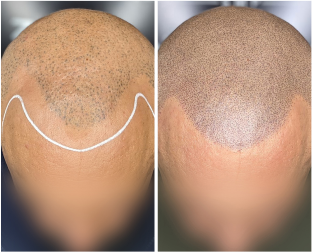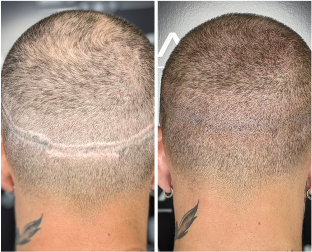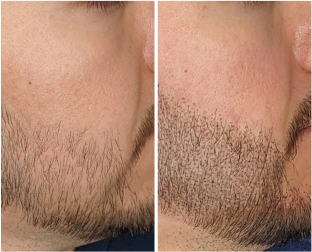How is Male Pattern Baldness Diagnosed and How Does it Influence Hair Loss?
The diagnosis of male pattern baldness is made by observing the characteristic hair loss pattern that affects the hairline and crown. Genetics and hormones are key contributors to this common hair disorder.
Stages of Male Pattern Baldness
Hair loss experts utilize the Hamilton-Norwood scale to determine the degree of hair loss, with Stage 1 being the least severe and Stage 7 reflecting total baldness on the top of the head. Individuals in Norwood stages 1 to 3 often present with a hairline that shows mild to moderate recession.
Individuals with Norwood stages 4 to 5 show severe hair loss in the frontal area and notable thinning in the crown. By Norwood stages 6 to 7, the condition results in near-total or complete baldness on the entire top of the scalp.
Uncommon variations of male pattern baldness include diffuse thinning affecting the entire scalp without impacting the hairline, or hair loss restricted to the crown area while the hairline remains intact.
Treatment For Male Pattern Hair Loss: Scalp Micropigmentation
Scalp Micropigmentation (SMP) is a non-surgical procedure used to manage male-pattern baldness. The process involves a specific type of tattooing applied to the scalp to mimic natural hair follicles. SMP can successfully recreate the look of a full head of hair, regardless of the severity of hair loss.
Unlike hair transplantation, which uses a limited number of donor hair grafts to address hair loss, Scalp Micropigmentation (SMP) provides an immediate boost in hair density with no recovery time needed. SMP is not restricted by donor hair availability and can create the appearance of a fuller head of hair.
Zang SMP, located in Garland, applies organic, plant-based pigments to the scalp during Scalp Micropigmentation. This technique effectively simulates hair follicles, offering a remarkable change from a bald head to a fresh, cropped (buzzed) appearance.
Scalp Micropigmentation (SMP) provides a non-invasive alternative to surgery and painful hair transplants. With SMP, you can achieve your desired hairstyle without undergoing any surgical procedures. If you’re dealing with unwanted baldness, SMP can enhance your appearance and help you achieve the look you want.
SMP generally consists of two to three sessions. The first and second sessions are held a week apart for male-pattern hair loss. If a third treatment is necessary, it is typically scheduled 1 to 3 months after the initial sessions.

